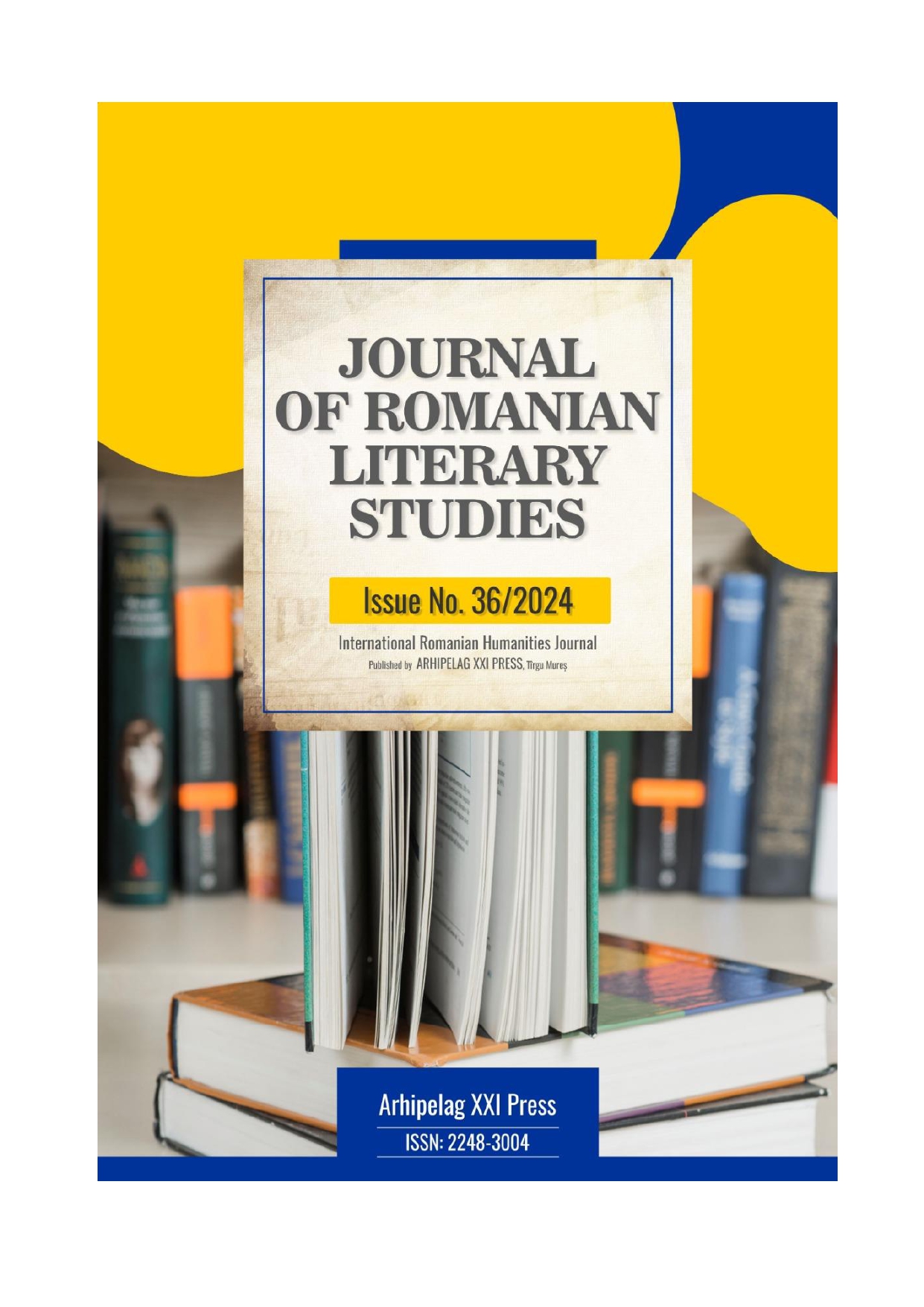THE EVOLUTION OVER TIME OF THE HISPANO-MOZARABIC TRADITION
THE EVOLUTION OVER TIME OF THE HISPANO-MOZARABIC TRADITION
Author(s): Bogdan Ștefan AvramSubject(s): Cultural history, Customs / Folklore, History of ideas, Comparative Studies of Religion, Cultural Anthropology / Ethnology, Culture and social structure , Systematic Theology, Sociology of Religion, History of Religion
Published by: Editura Arhipelag XXI
Keywords: Mozarabic rite; Hispania; traditions; liturgical cycle; Hispanic Lent;
Summary/Abstract: The Hispanic Rite is the distinctive way of celebrating liturgical actions in the Spanish Church during its first ten centuries of history. It was first used by the Hispano-Roman Christians, and its use continued under Visigothic rule, during which time the great Fathers of the Visigothic Church significantly enriched it. There is no doubt that the Hispanic rite was influenced by Eastern liturgies, from which the Goths had borrowed ecclesiastical traditions through the Bishop of the Goths, Ulfila. He had Arianized the people and translated the Bible into the native language. At this point, the Hispanic rite acquired a predominantly Eastern-Byzantine character without ceasing to be fundamentally Roman. It was also used by Christians who remained under Muslim rule in various regions of Spain, as well as by those in the unoccupied regions.
Journal: Journal of Romanian Literary Studies
- Issue Year: 2024
- Issue No: 36
- Page Range: 1029-1036
- Page Count: 8
- Language: Romanian

